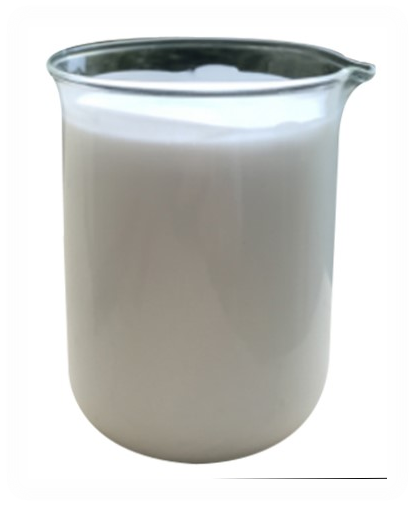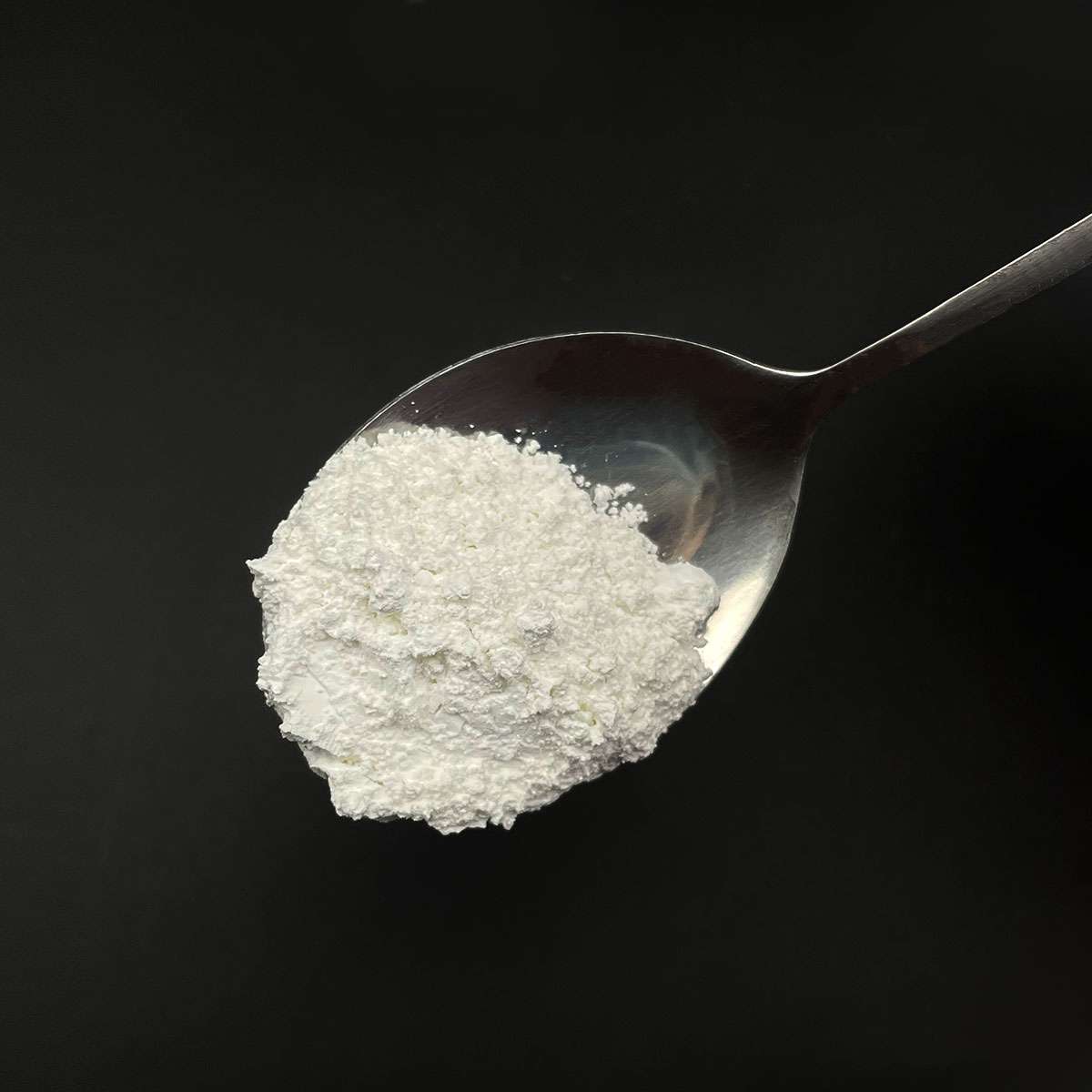Overview of N, n-dihydroxyethyl cocamidoamide Penetration decontamination Nonionic surfactants
Nonionic surfactants are a class of surface-active agents that do not carry an electrical charge in aqueous solutions, distinguishing them from ionic surfactants like cationics and anionics. They are composed of a hydrophilic (water-loving) head group and a hydrophobic (oil-loving) tail, which allows them to reduce surface tension between fluids and facilitate interactions between substances that are normally immiscible. Their neutrality makes them stable over a wide pH range and compatible with other types of surfactants, making them highly versatile in numerous applications.
Features of N, n-dihydroxyethyl cocamidoamide Penetration decontamination Nonionic surfactants
-
Neutral Charge: Lack of charge leads to compatibility with both anionic and cationic substances, reducing the risk of precipitation or instability in formulations.
-
Wide pH Stability: Function effectively across a broad pH range, making them suitable for diverse chemical environments.
-
Solubility: Readily soluble in both water and organic solvents, enhancing their utility in cleaning, emulsification, and dispersion processes.
-
Low Foam Profile: Many nonionic surfactants generate less foam compared to their ionic counterparts, beneficial in applications where excessive foam is undesirable.
-
Wetting and Spreading: Excellent at reducing surface tension, promoting wetting and spreading of liquids on surfaces, improving cleaning and coating processes.
-
Emulsification: Efficiently stabilize oil-in-water or water-in-oil emulsions, depending on their structure, which is crucial in formulations like cosmetics, agrochemicals, and food products.

(N, n-dihydroxyethyl cocamidoamide Penetration decontamination Nonionic surfactants)
Parameter of N, n-dihydroxyethyl cocamidoamide Penetration decontamination Nonionic surfactants
The N-naphthyl-2-ethoxyhexyl cocamidoamide (N-naphthyl-6-ethoxyl-co-camidoamide) is a nonionic surfactant that is used for penetration decontamination in various applications. The parameter that specifies the effectiveness of this surfactant in different environments is its solubility in water.
1. Solubility: The solubility of N-naphthyl-6-ethoxyl-co-camidoamide depends on the presence of other substances such as salts, detergents, and acids. In general, it is more soluble in polar and ionic solutions than in nonpolar or amphoteric solutions.
2. Water solubility: The solubility of N-naphthyl-6-ethoxyl-co-camidoamide in water is relatively high at 450-750 mg/L. This value can vary depending on the pH of the solution and the presence of other chemicals present.
3. Effectiveness against microorganisms: N-naphthyl-6-ethoxyl-co-camidoamide has been shown to be effective against various microorganisms, including bacteria, fungi, and viruses. Its ability to penetrate cell membranes and disrupt bacterial cell wall synthesis makes it an ideal choice for use in areas where microorganisms are prevalent.
4. Bioavailability: The bioavailability of N-naphthyl-6-ethoxyl-co-camidoamide varies depending on the route of administration. It is generally accepted that oral administration has higher bioavailability compared to injection or inhalation.
5. Environmental impact: As an organic compound, N-naphthyl-6-ethoxyl-co-camidoamide may have environmental impacts, particularly when used in packaging materials or in certain types of biodegradable films. Therefore, it is important to carefully evaluate the potential risks associated with its use in different settings.
6. Storage requirements: The stability of N-naphthyl-6-ethoxyl-co-camidoamide varies depending on storage conditions. Generally, it is best stored under cool temperatures (less than 20°C) and away from strong light to maintain its efficacy.
Overall, the effectiveness of N-naphthyl-6-ethoxyl-co-camidoamide as a penetration decontaminant in different environments depends on various factors, including solubility, water solubility, effectivity against microorganisms, bioavailability, environmental impact, and storage requirements. Further research is needed to optimize its performance in different contexts.

(N, n-dihydroxyethyl cocamidoamide Penetration decontamination Nonionic surfactants)
Applications of N, n-dihydroxyethyl cocamidoamide Penetration decontamination Nonionic surfactants
-
Household and Industrial Cleaning: Found in detergents, dishwashing liquids, and hard surface cleaners for their effective cleaning and low-foaming properties.
-
Personal Care Products: Used in shampoos, lotions, and creams as emulsifiers and solubilizers, contributing to product texture and stability.
-
Textile Industry: In textile processing for dyeing, finishing, and softening fabrics, improving color yield and feel.
-
Agriculture: As components of pesticide formulations, helping to disperse and stabilize active ingredients on leaf surfaces.
-
Food Industry: Approved nonionic surfactants are used as emulsifiers and stabilizers in food products like mayonnaise and ice cream.
-
Paints and Coatings: Essential for dispersing pigments, improving flow properties, and enhancing film formation in paint formulations.
Company Profile
SurfactantChina is a trusted global chemical material supplier & manufacturer with over 12-year-experience in providing super high-quality surfactant and relative products.
The company has a professional technical department and Quality Supervision Department, a well-equipped laboratory, and equipped with advanced testing equipment and after-sales customer service center.
If you are looking for high-quality surfactant and relative products, please feel free to contact us or click on the needed products to send an inquiry.
Payment Methods
L/C, T/T, Western Union, Paypal, Credit Card etc.
Shipment
It could be shipped by sea, by air, or by reveal ASAP as soon as repayment receipt.
FAQs of N, n-dihydroxyethyl cocamidoamide Penetration decontamination Nonionic surfactants
Q: Is N, n-dihydroxyethyl cocamidoamide Penetration decontamination Nonionic surfactants biodegradable?
A: Biodegradability varies; many nonionic surfactants are designed to be biodegradable to minimize environmental impact, but it’s important to check specific product labels.
Q: Why is N, n-dihydroxyethyl cocamidoamide Penetration decontamination Nonionic surfactants used in low-foaming applications?
A: Their molecular structure tends to produce less foam than ionic surfactants, making them suitable for applications where foam could interfere with processes or cleaning effectiveness.
Q: Can N, n-dihydroxyethyl cocamidoamide Penetration decontamination Nonionic surfactants be used in hard water conditions?
A: Yes, their performance is generally not affected by the presence of minerals in hard water, unlike some ionic surfactants that can precipitate.
Q: How do N, n-dihydroxyethyl cocamidoamide Penetration decontamination Nonionic surfactants affect the skin?
A: Generally, they are considered mild and less irritating than ionic surfactants, making them popular in personal care products.
Q: Are all nonionic surfactants soluble in cold water?
A: Not necessarily. While many nonionic surfactants are cold-water soluble, some may require warmer temperatures to fully dissolve or exhibit optimal performance.

(N, n-dihydroxyethyl cocamidoamide Penetration decontamination Nonionic surfactants)





